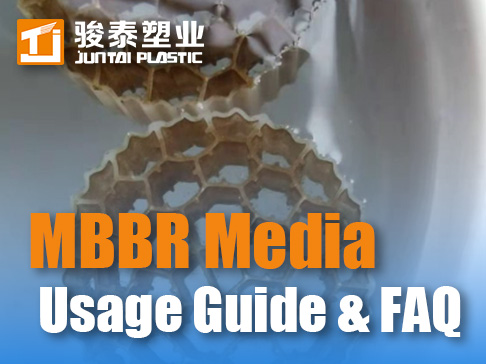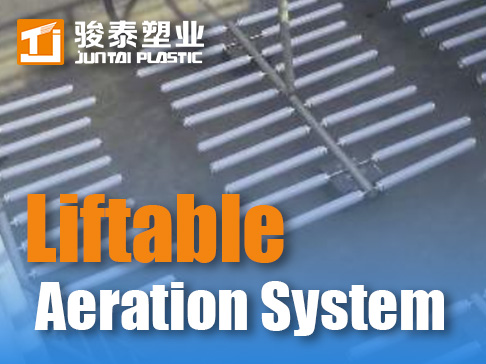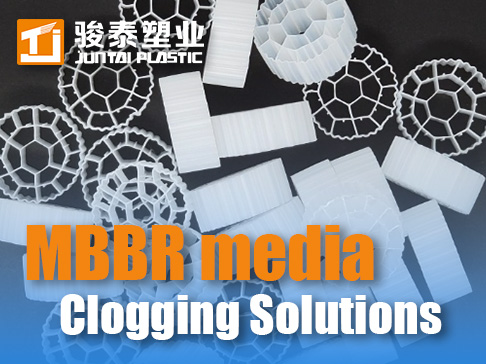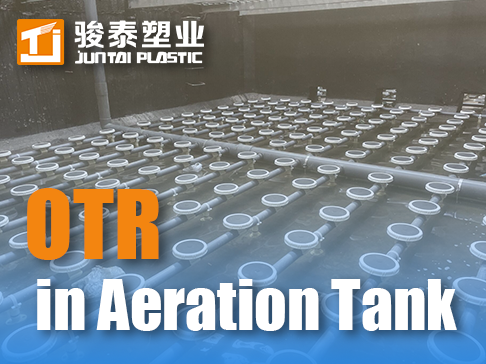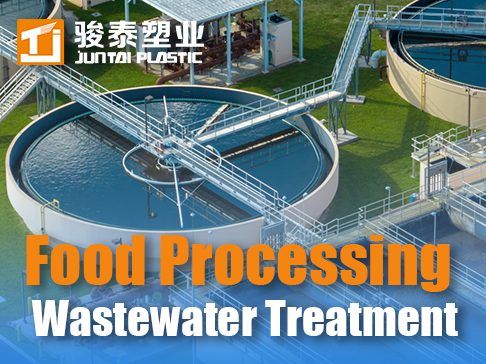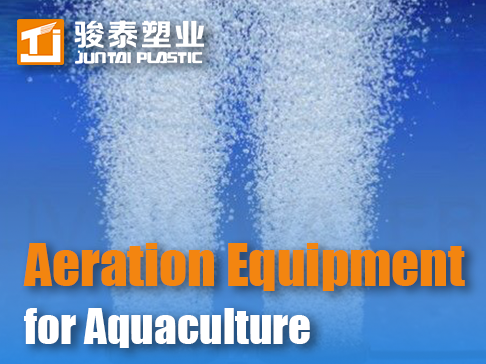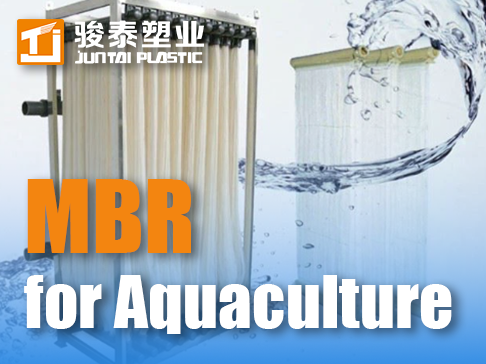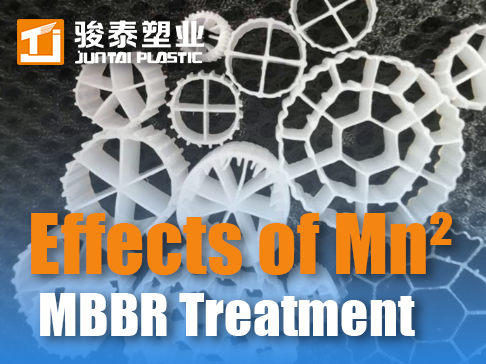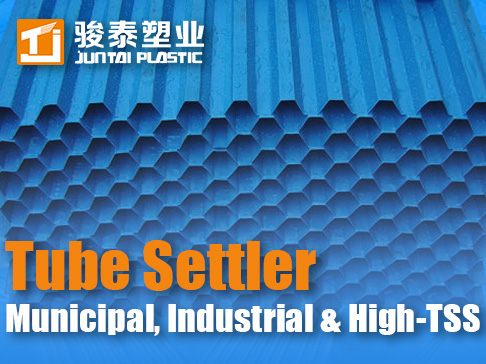 +86 13600513715
+86 13600513715 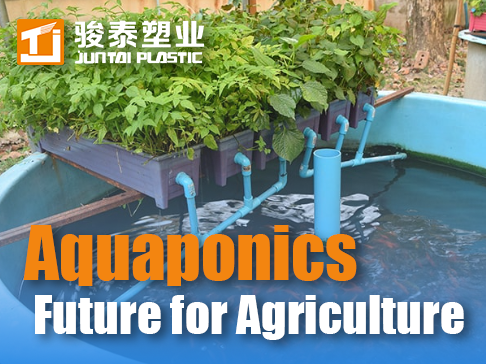
The Greatest Benefit of Aquaponics: A Sustainable Future for Agriculture
Discover why aquaponics is the future of agriculture: 90% water savings, zero chemicals, space-efficient urban farming & eco-sustainability. Ideal for food security!
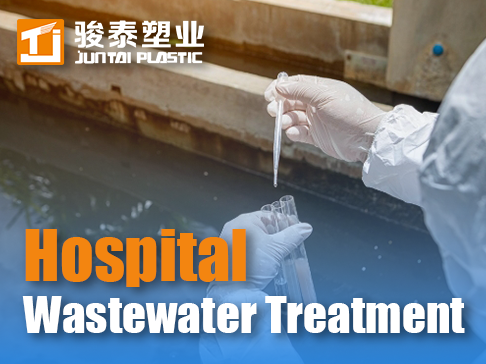
Advanced Hospital Wastewater Treatment: Tackling Pathogens, Pharmaceuticals & Chemical Residues
Advanced medical wastewater systems for hospitals: Eliminate drug residues, multi-resistant pathogens & chemical toxins. Achieve 95% pharmaceutical degradation with integrated MBBR-AOP technology.
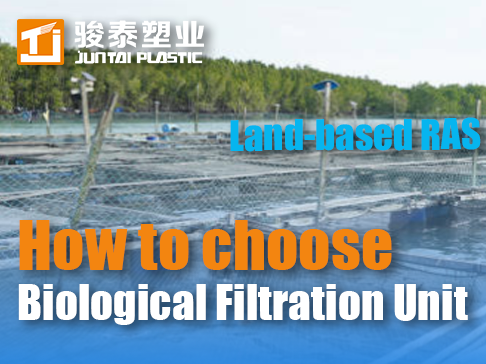
How to choose the biological filtration unit for land-based RAS
Choose the best biofilter for industrial RAS! Compare MBBR, Fixed-bed, Fluidized Bed & Trickling Filter performance on ammonia removal (98%), energy use, space, startup time & salinity tolerance. Optimize your design.
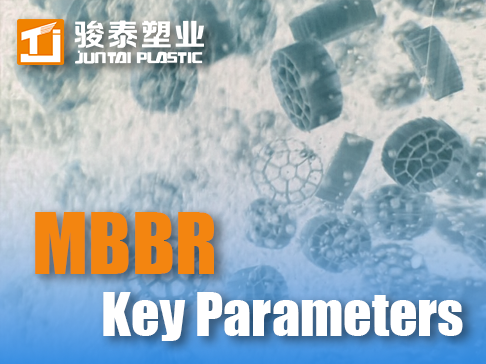
Key Factors Influencing MBBR Systems Part 1
Master MBBR performance! Analyze critical factors: Biofilm carrier selection, DO control for nitrification/denitrification, optimal HRT settings, temperature & pH impacts. Boost nutrient removal & reduce energy costs.

Decentralized Slaughterhouse Water Reuse: Achieving 85% Recycling with Modular Treatment Trains
Achieve 85% water recycling in meat processing with modular systems: Recover heat, extract blood proteins, produce fertilizer. Case study: $380k/year savings in Canadian slaughterhouse.

Innovative Approaches to Tackle Low-Concentration Wastewater Challenges
Discover expert strategies for low-concentration sewage: carbon optimization, CANON process & MBBR tech. Case studies show 30% cost reduction. China wastewater plant solutions.
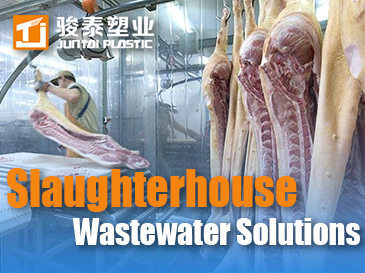
Slaughterhouse Wastewater Solutions: Achieve 99% FOG Removal & Zero Violations
Discover integrated slaughterhouse wastewater treatment: Remove fats/blood with thermal-DAF, anaerobic MBBR for high-strength organics, Tube Settlers for polishing. Case study: 100% compliance achieved.
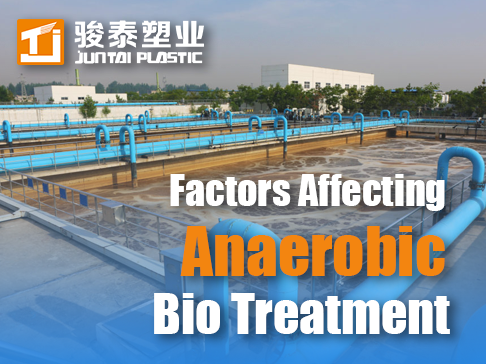
Factors Affecting Anaerobic Biological Treatment -- Part 1
Master anaerobic wasteWater Treatment with key factors guide. Optimize HRT/SRT, OLR limits, nutrient ratios (C/N/P trace metals), and ORP control for stable biogas production and high-strength wastewater efficiency.
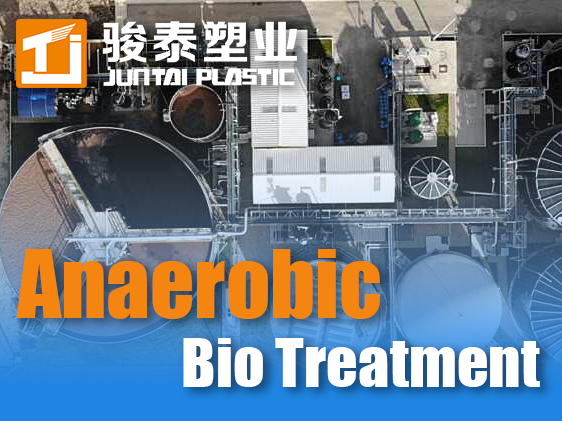
Anaerobic Biological Treatment: Characteristics and Influencing Factors
Anaerobic biological treatment is a process that decomposes organic pollutants in the absence of oxygen, utilizing anaerobic microorganisms to convert complex organic compounds into methane (CH₄) and carbon dioxide (CO₂). This method is widely applied in high-strength wastewater treatment and sludge stabilization due to its energy efficiency, low sludge production, and ability to degrade recalcitrant organic matter.
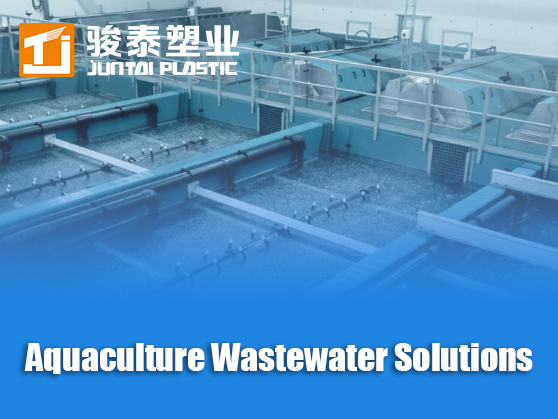
Aquaculture Wastewater Solutions: Zero Discharge Systems & 40% Feed Savings
Transform fish farm wastewater into resources. Our integrated systems remove 95% ammonia, recycle sludge to feed, and eliminate discharge. Case study: 86% disease reduction in shrimp farms.




